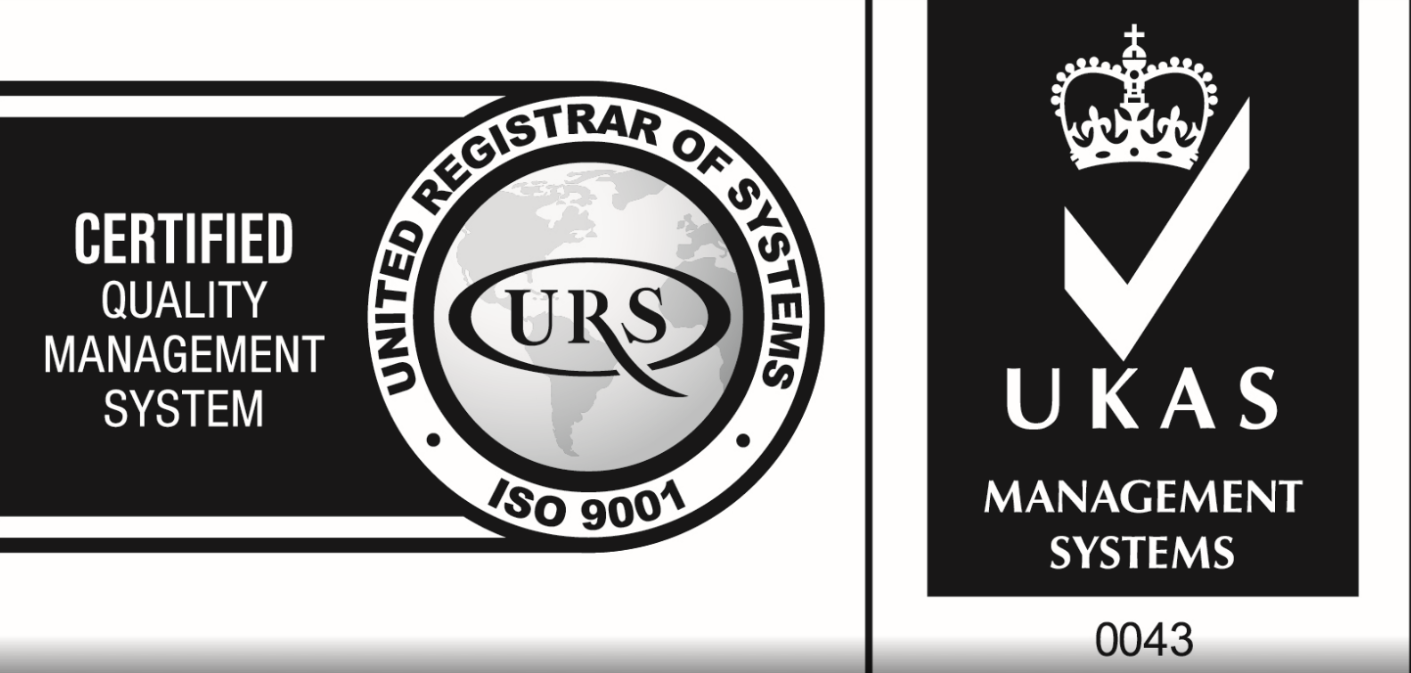Content
Other agents that have been used with some success in the treatment of withdrawal include beta-blockers, clonidine, phenothiazines, and anticonvulsants. All can be used with benzodiazepines, but none has been proven to be adequate as monotherapy. A number of medications have been tried in the treatment of alcoholism. Disulfiram (Antabuse) has been used as an adjunct to counseling and AA with motivated patients to reduce the risk of relapse.
After about a two-week break, those who took the drug were switched to a placebo for six days, and those who were taking the placebo were given ibudilast. The researchers found that the subjects’ craving for alcohol was significantly lower when they were taking the medication. They may go to a residential treatment center for rehabilitation (rehab). sober house It usually includes several different kinds of behavioral therapies. It may also include medicines for detox (medical treatment for alcohol withdrawal) and/or for treating the AUD. Acamprosate helps the brain redevelop normal function independent of alcohol by blocking the positive feelings that comes with drinking, lessening the chance of relapse.
Who should not receive VIVITROL?
In the early stages of the medication being prescribed, doses were high and patients experienced a little too adverse of a reaction. Doctors soon realized the dosage was too high, and they were lowered to optimize the use and safety of medication. It was branded as Antabuse in the 1950s and has been used to help maintain alcohol abstinence since. Naltrexone blocks opiate receptors and works by decreasing the craving for alcohol, resulting in fewer relapses. A recent positron emission tomography study demonstrated that persons with alcoholism have increased opiate receptors in the nucleus accumbens of the brain and that the number of receptors correlates with craving.
- Mechanism of action is unknown, but it enhances GABA transmission and inhibits glutamate transmission.
- Addiction treatment programs sprang forth from Alcoholics Anonymous (Alcoholics Anonymous 1976) and other step-based movements.
- Treatment for alcoholism at Makana Path Detox and Intensive Healing Center is tailored to meet the individual’s needs of each client.
- Acamprosate does not prevent alcohol withdrawal symptoms and should only be administered once the individual has completely detoxed from alcohol.
- In the U.S., 12-step programs based on abstinence seem to dominate treatment plans prescribed by doctors, and doctors do not like that the Sinclair Method encourages people with alcohol dependency problems to continue drinking.
- Seek out friends, family members, and healthcare professionals who help you stay on your new path.
Ondansetron (Zofran) may decrease alcohol consumption in patients with AUD. Naltrexone also reduced the risk of having a heavy-drinking day, but this effect was most evident in those receiving medical management but not CBI. Acamprosate showed no significant effect on drinking versus placebo, either by itself or with any combination of naltrexone, CBI, or both.
Disulfiram
So, you should be careful not to take any narcotics while you are taking naltrexone. Do not take any cough medicine with codeine in it while you are taking naltrexone. Naltrexone can cause or worsen withdrawal symptoms in people who take narcotics. You must stop taking all narcotics 7 to 10 days before you start taking naltrexone. Researchers also have developed brief interventions to support adherence to alcoholism medications.
How you achieve that behavior change can vary from one person to another. For others, regular follow-up with their primary doctor should be enough and can work, Holt says. Alcohol use disorder can be mild to severe, depending on the number of symptoms a person has. Jonas, D.; et al. “Pharmacotherapy for Adults With Alcohol […] Outpatient Settings” 2014. What is effective for one person may not be a good fit for someone else.
Implementing Medication Use in Primary Care Settings
In short-term studies when naltrexone was stopped, patients relapsed. Naltrexone has a greater effect on reducing relapse to heavy drinking than it does on maintaining abstinence. Extended-release intramuscular naltrexone resulted in reduced relapse to heavy drinking in a large, randomized trial. The main adverse effects are nausea and/or vomiting, abdominal pain, sleepiness, and nasal congestion. “Although medical management is somewhat more intensive https://www.healthworkscollective.com/how-choose-sober-house-tips-to-focus-on/ than the alcohol dependence interventions offered in most of today’s health care settings, it is not unlike other patient care models such as initiating insulin therapy in patients with diabetes mellitus.” A multisite study did not find an overall advantage of the atypical antipsychotic aripiprazole over placebo on the primary outcomes, although some secondary outcomes suggested that studies at lower doses would be worthwhile (Anton et al. 2008a).
What is the best treatment for alcohol dependence?
Cognitive-behavioral therapy (CBT) helps to identify feelings and situations that can lead to heavy drinking and teaches coping skills and stress management techniques to change the thoughts that cause a desire to drink.
A massive study published in 2006 followed more than 1,300 study participants at 11 academic locations over a three-year period to determine what combination of treatment, medication, and counseling was the most effective for treating alcohol use disorders. Data from these specialty care settings indicate that adoption of medication for the treatment of alcohol disorders is uncommon in both the public and private sector (Ducharme et al. 2006). An examination of public reimbursement as reported by the National Conference of State Legislatures (2008) indicates that Medicaid coverage of substance abuse medications is not common among States and that it is an option not a requirement (Gelber 2008). Extended-release naltrexone appears to be well suited for use in primary care settings. Skilled medical personnel are required to administer extended-release naltrexone with an intramuscular gluteal injection; many specialty programs do not have access to needed medical care providers.
Fortunately, there are several medications that can aid in alleviating alcohol cravings. Several of these medications are approved by the FDA and are available by prescription only. A few supplements are also available over-the-counter (OTC), described as agents that can help curb alcohol cravings.
In clinical trials, naltrexone reduced the percentage of heavy drinking days (Pettinati et al. 2006). Recent meta-analyses have indicated that oral naltrexone has modest efficacy over 3 months on preventing relapse to heavy drinking, return to any drinking, and medication discontinuation (Srisurapanont et al. 2005). The standard dose is 50 mg daily, but a multisite study demonstrated that 100 mg daily also was effective when combined with medical management (Anton et al. 2006). Disulfiram, the first drug approved for the treatment of alcohol dependence, and still one of the most commonly used agents, produces an aversive interaction with alcohol by interfering with the metabolism of alcohol.
Contact BRC Healthcare Today
These relieve the withdrawal symptoms and psychological cravings that cause chemical imbalances in the body. Medications used for treatment are evidence-based treatment options. The COMBINE study found that combining another alcohol-deterrent drug Campral (acamprosate) with the medical management program did not improve outcomes. This finding stumped researchers since previous studies performed in Europe using Campral had yielded positive treatment outcomes.

Common features of these interventions include emphasizing the importance of adherence, providing positive feedback for good adherence, and problem-solving difficulties with adherence. The Medication Management Intervention (Pettinati et al. 2004, 2005), BRENDA1 (Volpicelli et al. 2001), and Brief Behavioral Compliance Enhancement Treatment (BBCET) (Johnson et al. 2003) all incorporate these components. Behavioral interventions also can be more intensive, including providing contingent financial incentives for adherence and family interventions. Pharmacological solutions include reducing adverse events (Rohsenow et al. 2000) and the development of formulations that require less frequent administration, such as extended-release naltrexone.
Our holistic approach to treatment looks beyond just the physical addiction to ensure a complete and successful recovery. Through medically supervised detox, clinically sophisticated therapies and an emphasis on spiritual health, we can help you heal your mind, body and spirit, and empower you to recreate the life you’ve always wanted. Initially, disulfiram was discovered in the early 1930s when some workers in the rubber industry became sick from drinking alcohol after exposure to tetraethylthiuram disulfide. This discovery led to a series of different trials and research studies that ultimately led to the production of brand name medication Antabuse in the 1940s.



